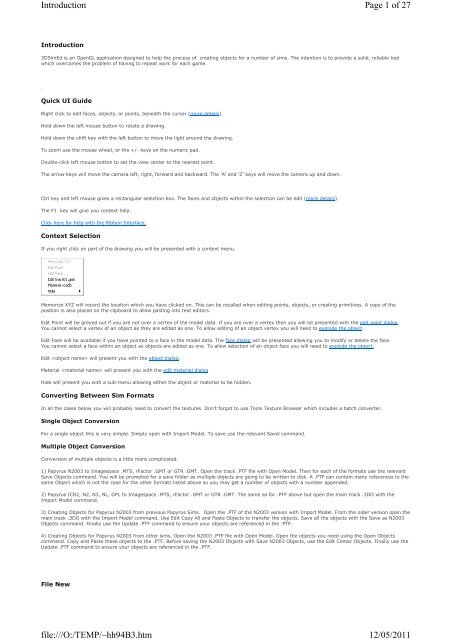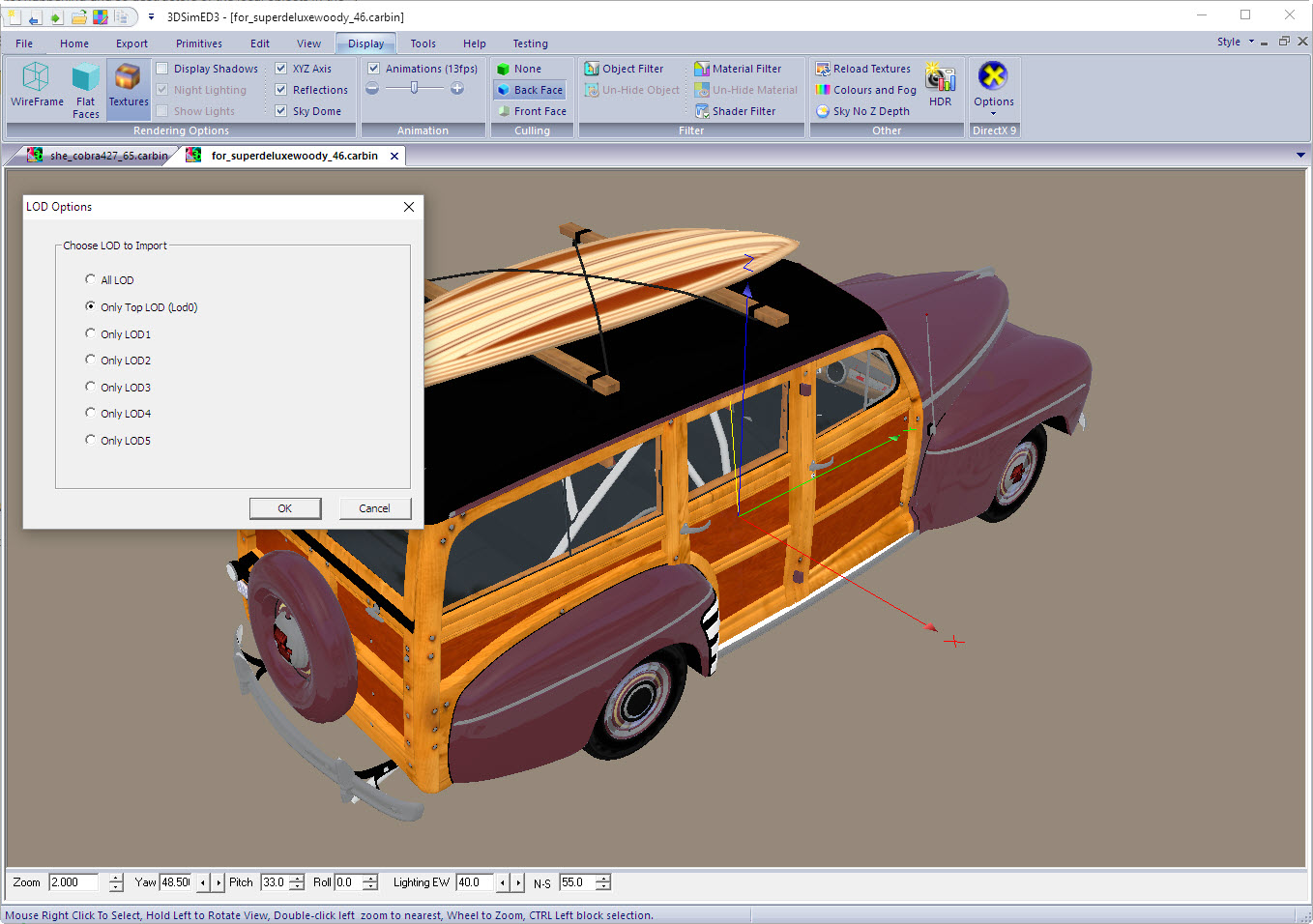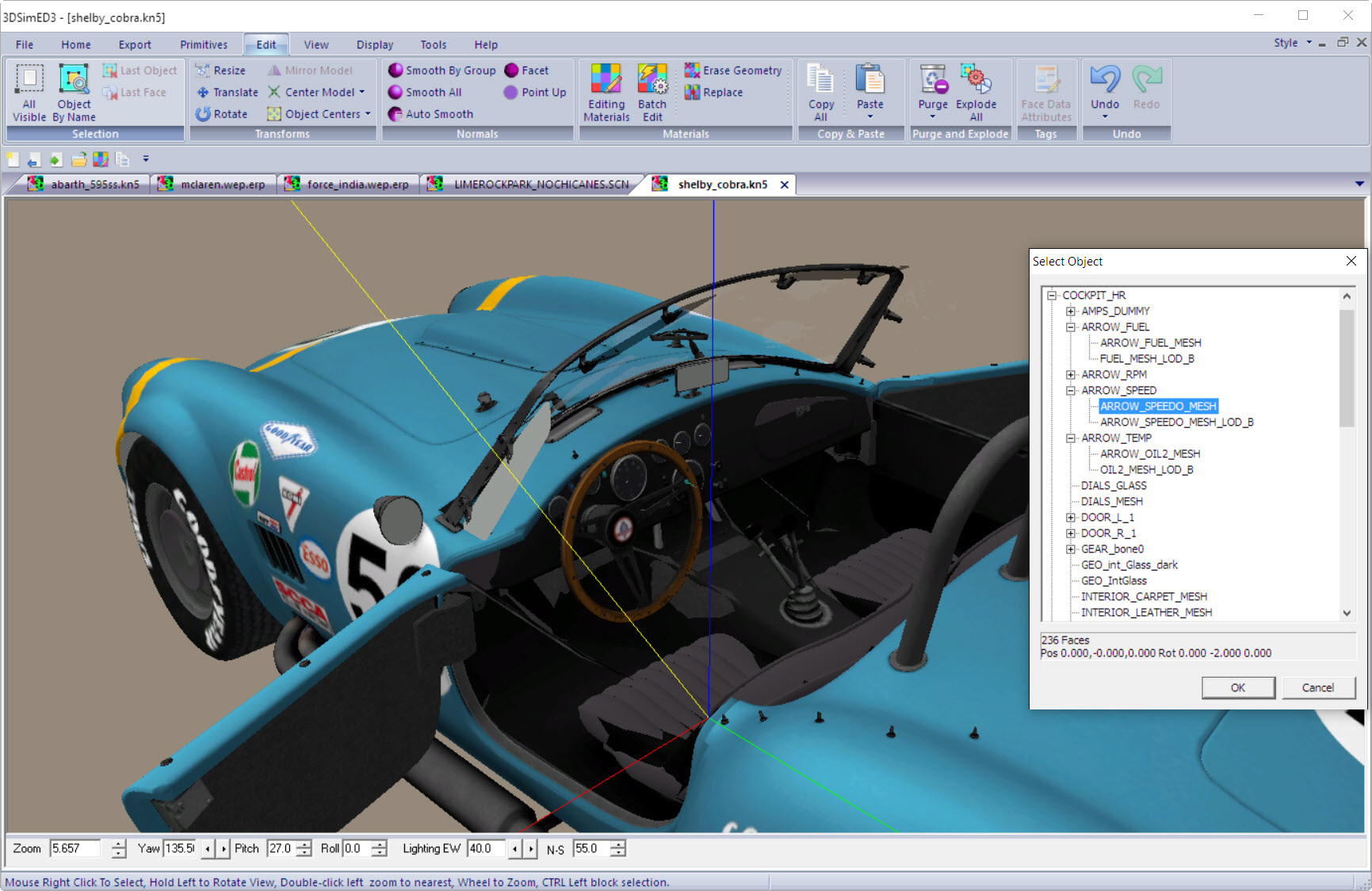

- #3dsimed export to dxf how to#
- #3dsimed export to dxf update#
- #3dsimed export to dxf software#
- #3dsimed export to dxf download#
You can download Inkscape from the web address shown here.
#3dsimed export to dxf software#
So today I’m going to use a free software called Inkscape to create a picture or file to into a DXF. However it is sometimes not adequate for complex logos. SOLIDWORKS has built in functionality called Auto Trace that can create sketch geometry from a picture.
#3dsimed export to dxf how to#
In addition to the options under the Edit → Preferences, the TechDraw Workbench can also export drawing pages to DXF using the TechDraw ExportPageDXF function.Hello, in this short tutorial video I’m going to show you how to create a DXF file from a picture of a complex logo. Keep an eye out on the FreeCAD forum or in the Macros recipes for alternative implementations of DXF importing and cleaning up as they develop. One work-around is to open your drawing in LibreCAD, and delete all the geometry you don't want to appear before saving a file that contains exactly the geometry that you want to load. Unfortunately, the Sketch Workbench does not implement colors, so all the geometry will appear on the same level, which is a problem if the file contains many construction lines. You can delete all these individual objects and retain the single sketch (which appears as the second entry in the list of new elements).

However, be warned that all the elements of the sketch will appear individually a second time in the model tree, which can be confusing. This importer has more features (such as implementing splines), and has the option of loading the DXF shapes into the Sketcher.
#3dsimed export to dxf update#
See Dxf Importer Install, or use the " Allow FreeCAD to automatically download and update the DXF libraries" option. This importer has to be downloaded and installed before it can be used. For further information, see this forum post. These can have the colors read from the file if you tick to enable this option. It also can only import geometry into the Draft Workbench as individual entries in the Model tree. This implementation of fast, but skips features it doesn't recognize, such as DXF splines. If you are using the imported geometry to build 3D shapes in the Part Design Workbench, try the Sketcher Validate after you have imported the DXF into a sketch. More information is on the pages Draft DXF and FreeCAD and DXF Import. If you intend to review the settings frequently, we recommend you go to Edit → Preferences → Import-Export → DXF and tick the box " Show this dialog when importing and exporting".

In FreeCAD the DXF readers must translate the geometry (e.g., spline shapes) from the DXF file into the specific internal representations of the Workbench. If you are editing DXF files and want them to remain almost the same when you save them, we recommend you use LibreCAD or QCad because these programs' internal data structures are compatible with the objects in the DXF file. These are rarely fully documented and can be a great source of frustration. How you use DXF to share CAD data between programs depends mainly on the limitations and bugs in the corresponding readers/importers and writers/exporters. Later versions of DXF have 3D elements, but these are rarely used or implemented.

You will hear of certain key versions, such as R12 (from 1992) or R14 (from 1997 which had splines). There are many versions of the DXF format. There are a number of good software libraries for reading/writing the DXF format. The Drawing Exchange Format (DXF) is a proprietary CAD data format developed by Autodesk to enable file exchange between their flagship AutoCAD product and other software.


 0 kommentar(er)
0 kommentar(er)
